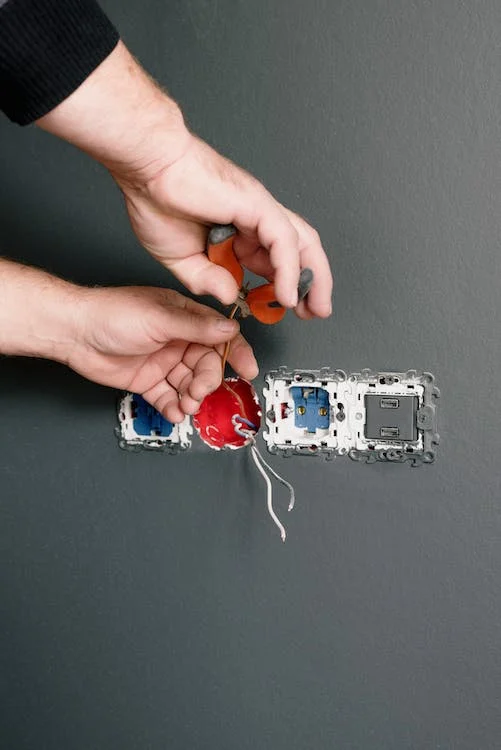Did you know that your gas furnace takes up a significant portion of the energy in your house? And of course, it also is the most significant expense you have on your energy bill. It takes more or less 45%, so keeping it properly maintained should be in your best interest. Having a faulty gas furnace does not only keep your bills high but also endanger your family’s health.
With that in mind, being wise about the brand you pick for your gas furnace and how you take care of it should be your top priority, especially with the danger it poses. For many people, properly maintaining the gas furnace and checking by a specialist only comes to mind when a problem arises.
Of course, that is the wrong move. Also, in most cases, apparent problems with the gas furnace are already ones that are complications from an underlying problem your gas furnace already has had for who knows how long. To catch a problem early on and avoid endangering your family and pockets, learning how to maintain it yourself is important.
Check the Filter
The filter is one of the most essential parts of your furnace and is also one of the parts that are the root of the most common problems with your heater.
If you don’t know where it is located, it’s usually installed where the return duct enters the gas furnace. As the name suggests, the filter is responsible for filtering the air particles before it gets distributed in your house. These particles include dust, dander, mites, pollens, spores, etc.
And if you’re allergic to these particles, then having a good filter is essential if you don’t want to get allergy attacks. Inexpensive filters offer essential protection by taking out most of the bad particles from the air. Expensive ones are much more robust and even improve air quality. So, if you want to properly maintain your gas furnace, checking the filter is one of the first things you should check.
Having a dirty filter can impede your house’s airflow and make your gas furnace harder, leading to more energy consumption and, of course, higher energy bills. Filters need to be cleaned or, in the worst case, changed every 2 to 3 months.
Check for Corrosions
When you’re cleaning your gas furnace, you should also be on the lookout for corrosion or rust, especially in the combustion chamber. When you ignore any spots of rust, it might turn into a hole, further damaging the gas furnace. Gas furnaces produce colorless carbon monoxide, which, as we all know, is harmful to your body. This odorless and colorless gas is vented outside by the furnace.
But, when your furnace has any holes in it, it might get leaked into your house, endangering you and your family. You can visually check the combustion chamber for these holes. Also, make sure to check the loose joints in your furnace’s vent. Remember, when you spot rusts on top of the vent or heater or bubbling or peeling paint, our gas furnace might have a carbon monoxide problem.
If you see them, it’s better to ask the help of a professional for this problem. Also, you need to remember that these cracks, rust, or holes, can be hard to spot, so if you have the slightest suspicion that they are there, call for help immediately.
Not only that, but you can also install a carbon monoxide detector to always see the carbon monoxide levels of your house. If it goes beyond the normal level, it will instantly alert you. If this happens, open the windows and doors to let the gas out. Then you can call for professional help.
Make Sure the Blower is Functioning Properly
The furnace blower is what drives the air movement of the furnace. When a furnace’s heating element is at the desired temperature, the blower will then blow the heat into the room. Additionally, the blower is also responsible for the airflow and the air conditioning of the house. Not only that, but the air blower is also where the filter is installed.
Take note that the blower has many moving parts, and it can be a struggle to maintain because of it. But if you neglect it, it will begin to break down and make noise. When your furnace is making a loud noise more than it should be and you can’t seem to find the spot making the noise, check the blower. It can be that something fell loose from the blower and is making the noise.
To Sum it Up
Your furnace is responsible for a significant portion of your energy bills, and if not properly maintained, it can consume a lot of energy to operate. This can lead to higher electric bills in the future and will only make the condition of your furnace much worse, not to mention that servicing neglected gas furnaces cost anywhere from $300 to $750 dollars. Check it for maintenance every 2-3 months and if you need to, ask the help of a professional.

